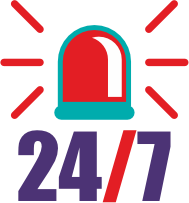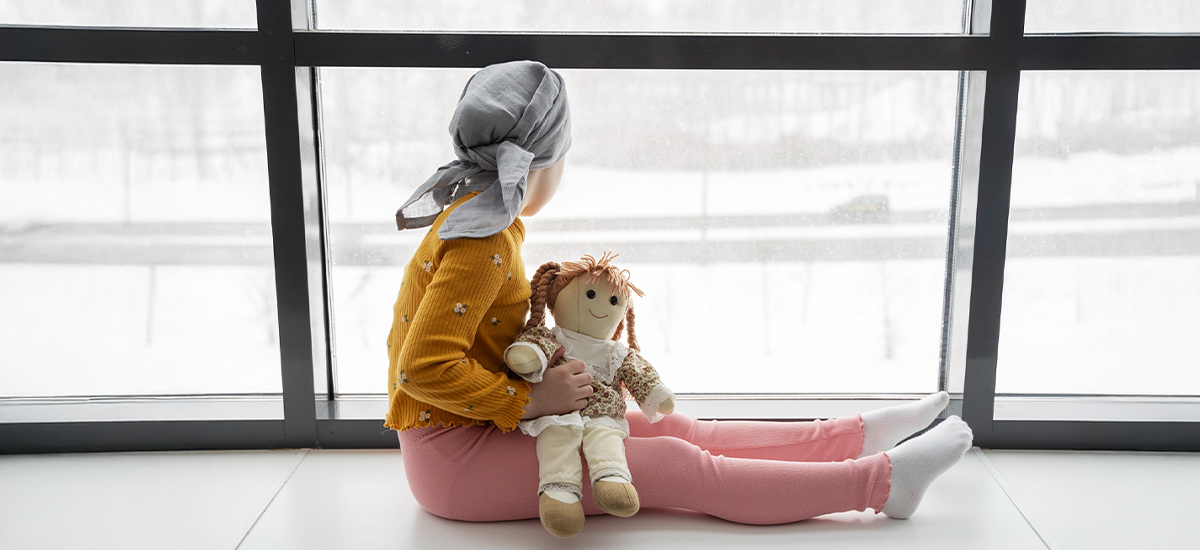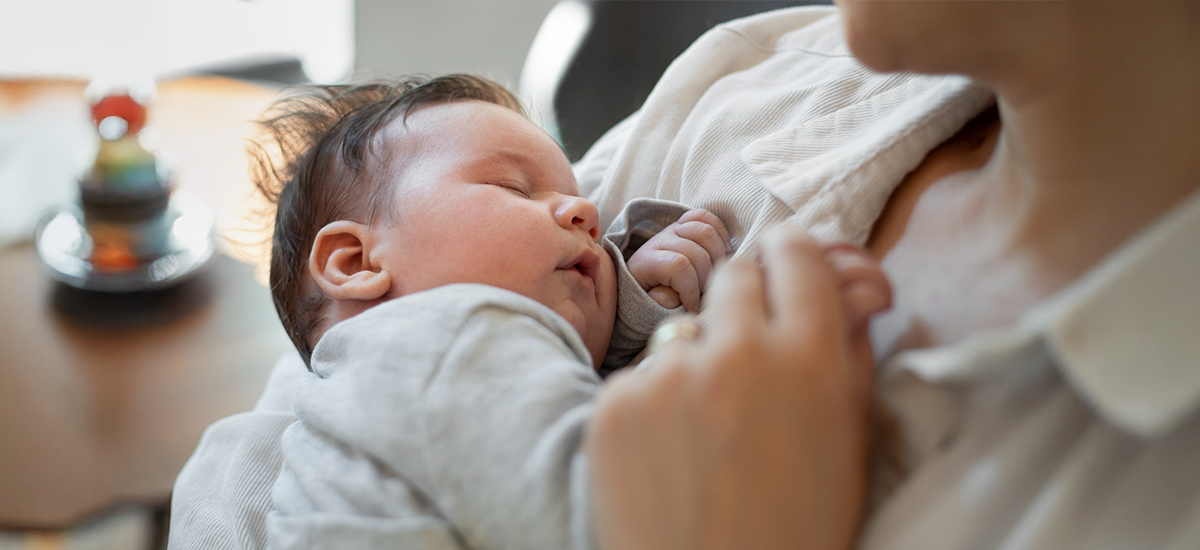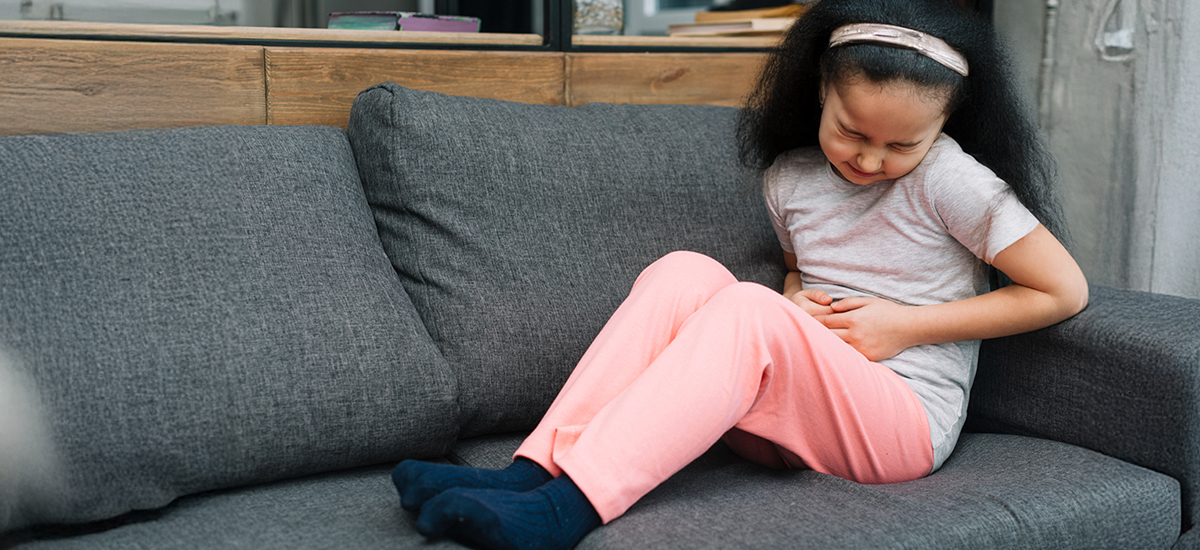Categories
Preventing Pneumonia in Children: Start in Infancy and Build Each Year
Sep 22, 2025
This stage-by-stage
plan shows what raises risk at each age and what lowers it, so you can run a
simple routine at home and know when to see a doctor.
Prevention is
layered and age-specific. In infancy, protect with breastfeeding or
well-managed formula, on-time PCV/Hib/DTP shots, smoke-free air, clean hands,
and early saline care during colds. From six months, add flu vaccine, iron- and
zinc-rich foods, water, and steady sleep. Toddlers need boosters and fresh air;
preschoolers need asthma checks if cough or wheeze repeats. Go same day for
fast breathing, chest pulling in, blue lips, poor feeding, or lasting fever.
See a child specialist early.
0–6
months: tiny lungs, big protection
Newborn lungs are
small. Infections spread quickly. Your aim is comfort and shields that work
every day.
Lower risk now: exclusive breastfeeding
when possible; if using formula, keep bottles sterile and feeds on cue. Get PCV,
Hib, DTP/pertussis and other birth–infant vaccines on time. Keep the home
and car 100% smoke-free. Wash hands before holds. Ventilate rooms daily.
When a cold starts: upright holds,
gentle saline nose drops or spray, frequent small feeds, and close
watching.
Go same day if: breathing is fast or
pauses, lips look blue, feeding drops, or your baby is unusually sleepy.
6–12
months: mobility, solids, and flu shots
Babies move more
and put hands in mouths. Exposure rises; build food and sleep that help the
immune system.
Lower risk now: add the flu vaccine
from 6 months (per your doctor). Start iron and zinc foods: dals and beans,
egg, paneer or tofu, greens, orange fruit and veg. Offer water with meals. Keep
a calm bedtime and one daytime nap. Clean shared surfaces and keep cups
personal during sibling colds.
Watch for: fast breathing, chest
pulling in, fever beyond 3 days, or cough that disturbs sleep.
1–3
years: toddlers, daycare, and clean air
Group play brings
more viruses. Reduce dose and duration of exposure.
Lower risk now: finish PCV/Hib/DTP
and measles/MMR boosters. Open windows 10–15 minutes when air is
good; use kitchen and bath exhausts. Keep the home smoke-free. Teach
handwashing for 20 seconds and sneezing into the elbow. Give each child
their own water bottle and towel.
Act early: start saline on day one of a
cold, fluids, and rest. See your doctor if ear pain starts or nights are
wrecked by cough.
4–6
years: preschool habits that protect
Habits become
automatic now. They carry into primary school.
Lower risk now: yearly flu
vaccine in season; keep boosters up to date. Build plates that help immunity—½
fruit/veg, ¼ protein, ¼ grains plus a little healthy fat. Plan outdoor play
daily for lung health and sleep quality.
Check asthma: if wheeze or night cough
repeats, get a written plan. Controlled asthma means fewer chest infections
after colds.
7–12
years: bigger crowds, more independence
School, buses,
and sports add exposure. Keep the base and add self-care.
Lower risk now: yearly flu shot;
tetanus-diphtheria/pertussis boosters as advised. Teach early-action rules:
start saline and rest on day-one colds, hydrate, pause heavy sport if breathing
is hard. Open windows when air is clean; close them during peak pollution. A HEPA
purifier helps if you have one. Protect 9–11 hours of sleep; poor sleep
invites infections.
Tune-ups: manage allergies so nasal
swelling does not trap germs.
Quick
red flags at any age (go today)
·
Fast breathing; skin pulling in under the ribs; grunting.
·
Lips or tongue turning blue or grey.
·
Poor feeding or drinking; fewer wet diapers or toilet trips.
·
Fever that lasts more than 3 days or returns after a brief break.
These are reasons to see a child specialist
the same day.











